摘要:數字電位器與機械式電位器相比具有許多優勢,例如,具有更低的系統成本、能夠改善系統的可靠性以及提高系統的靈活性等。本文介紹了使用數字電位器的優、缺點,并對兩者進行了性能對比。
機械式電位器(電位計)是可變電阻,長期用來調節系統的失調和增益、設置LCD的對比度電壓、調節電源電壓 ― 這些只是眾多應用中的少數幾種。目前,利用螺絲刀進行模擬調節的方式正逐步被淘汰,這種方式的成本較高,而且存在人為誤差。針對當前市場,用數字電位器替代機械式電位器將會為產品帶來極大的競爭力。數字電位器能夠提高產品的可靠性,另外,由于消除了高成本、存在一定問題的手工調節,簡化了生產流程。可以很容易地降低產品成本,提高裝配速度。通常情況下,用數字電位器替代機械式電位器,可以得到完美的解決方案,但在考察系統是否適合這種升級時需要注意幾個方面的問題。
數字電位器無法提供無限的分辨率,但是,對以給定的應用,如果選擇分辨率足夠高的數字電位器,則可表現出近似連續的性能。另外,數字電位器所提供的分辨率是經過指標測試的,非常可靠,而且是有保證的。
數字電位器能夠提供高可靠性、高品質的解決方案。當然,這種方案在實際應用中也會存在一定的限制。
數字電位器的抽頭和端點受限于電源電壓的擺幅,有些設計可能采用2.7V至5.5V電源供電,而有些設計則采用±15V供電。任何情況下,端點電壓必須保持在IC的工作電壓范圍以內。在改變設計時須注意確保端點電壓不超出電源電壓的范圍,必要時也可以使用簡單的電阻分壓器。
數字電位器有易失和非易失兩種,對于易失電位器,一旦器件掉電,電位器的調節位置將丟失。這時,有可能需要使用外部EEPROM、閃存或其他類型的非易失存儲器。非易失數字電位器芯片內包含了這種存儲器,一般為EEPROM,在斷電時用于存儲電位器的設置。
此外,數字電位器需要在加電條件下進行調節和工作,沒有加電的情況下不具備電阻功能。
比較機械式電位器與數字電位器的成本時,需綜合考慮實際使用成本。如果考慮到安裝成本、與物力調節有關的操作以及潛在的保修成本,數字電位器不愧為一種低成本的解決方案。在需要多個數字電位器的場合,成本還會進一步降低。表1列出了數字電位器與機械式電位器之間的性能對比。
表1. 數字電位器與機械式電位器
|
|
分辨率
機械式電位器的分辨率從理論上講是無限的,但實際效果則取決于調節人員的熟練程度。具體的熟練程度因人而異,不同時間也會得到不同結果,有時實際得到的分辨率會很低。調節一個“1圈”的電位器時很容易產生抖動,而“10圈”的電位器則會減少抖動。數字電位器無法提供無限的分辨率,但是,對以給定的應用,如果選擇分辨率足夠高的數字電位器,則可表現出近似連續的性能。另外,數字電位器所提供的分辨率是經過指標測試的,非常可靠,而且是有保證的。
限制
機械式電位器,滑動端連接在一個電阻元件上,當它沿著元件的長度移動時阻值發生變化。為了確保設備可靠工作,滑動端在產品有效期內必須保持與電阻元件的良好接觸。機械式電位器在密封的封裝內可以為滑動端提供良好的保護,但這無疑提高了產品的成本。另外,這種機械式連接從本質上容易受振動、沖擊、濕度和壓力等因素的影響。數字電位器能夠提供高可靠性、高品質的解決方案。當然,這種方案在實際應用中也會存在一定的限制。
數字電位器的抽頭和端點受限于電源電壓的擺幅,有些設計可能采用2.7V至5.5V電源供電,而有些設計則采用±15V供電。任何情況下,端點電壓必須保持在IC的工作電壓范圍以內。在改變設計時須注意確保端點電壓不超出電源電壓的范圍,必要時也可以使用簡單的電阻分壓器。
數字電位器有易失和非易失兩種,對于易失電位器,一旦器件掉電,電位器的調節位置將丟失。這時,有可能需要使用外部EEPROM、閃存或其他類型的非易失存儲器。非易失數字電位器芯片內包含了這種存儲器,一般為EEPROM,在斷電時用于存儲電位器的設置。
此外,數字電位器需要在加電條件下進行調節和工作,沒有加電的情況下不具備電阻功能。
比較機械式電位器與數字電位器的成本時,需綜合考慮實際使用成本。如果考慮到安裝成本、與物力調節有關的操作以及潛在的保修成本,數字電位器不愧為一種低成本的解決方案。在需要多個數字電位器的場合,成本還會進一步降低。表1列出了數字電位器與機械式電位器之間的性能對比。
表1. 數字電位器與機械式電位器
| Feature | Digital Pot | Mechanical Pot |
| Resolution | 32 to 256 steps are available at this time. | Theoretically, this is infinite, though limited by the skill level of the pot adjuster. |
| Common-mode limitations | This is presently limited to the power-supply rails. | This is limited to the breakdown voltages of the wiper/dielectric. |
| Unpowered operation | This only functions when power is applied to the device. | These are functional without power, though utility may be limited. |
| Durability | The number of adjustment cycles is infinite, though nonvolatile devices may have EEPROM-write limitation. | The number of adjustment cycles is finite, and depend on the manufacturer/design. |
| Environmental concerns | Generally, these are very durable. | Depending on the design, some are very susceptible to vibration, shock, humidity, and pressure. |
| Setting retention | The setting is retained with the use of either external or included EEPROM/flash memory. | The setting is retained without power. More permanent retention can be obtained by the use of a glue dab, which is difficult to remove for subsequent adjustments. |
| Adjustment procedure | A 2-or 3-wire serial digital interface typically allows a MCU (or user) to adjust the pot. Also available are increment/decrement interfaces that do not require MCU intervention. | Typically a screwdriver is used to adjust the pot until the desired set point is read on a voltmeter or similar. |
| In-use pot adjustment | The MCU or user can adjust the pot as desired during operation. This can be helpful in automatically adjusting references, thresholds, etc. | If the set screw is not glued, a screwdriver may be used to adjust the pot manually. |
| Scaling | Linear and log are available. | Linear and log are available. |
| Temperature correction | Several digital pot designs include a temperature sensor and NV memory to provide a lookup-table-adjusted pot output over temperature. | Temperature-based adjustment is not possible. |
| Cost | The cost of the pot, plus the savings from eliminating a manual adjustment procedure and from lower rework/lower warranty repair cost, results in an overall cost savings. | Mechanical pots are inexpensive. However, the total overall cost will be higher due to the labor needed to make the adjustment, the possibility of adjustment error, and the cost of warranty repairs. |
 電子發燒友App
電子發燒友App










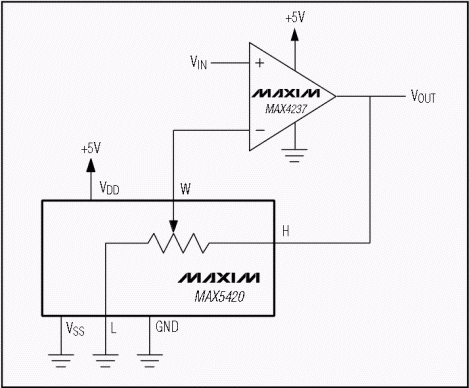
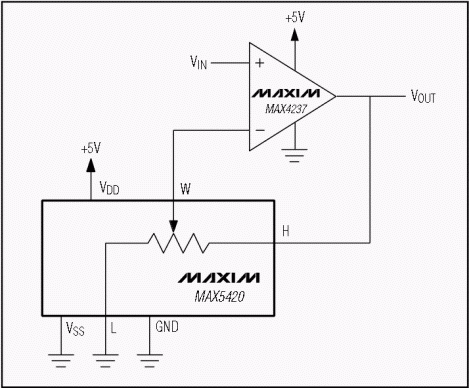
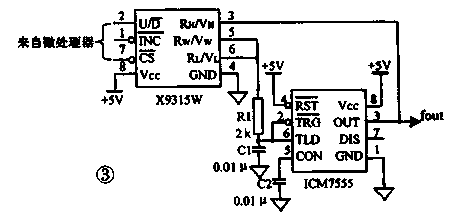
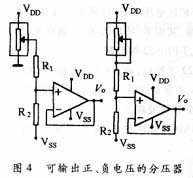


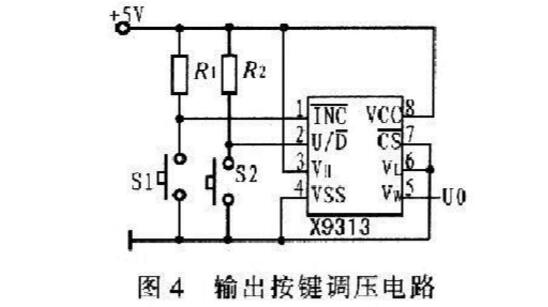



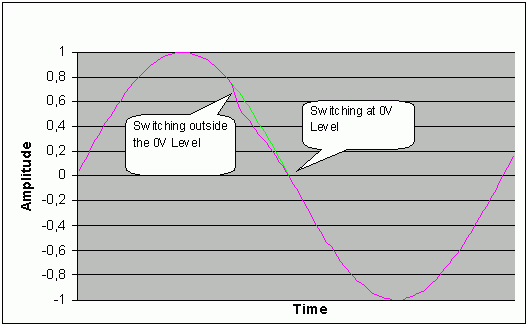
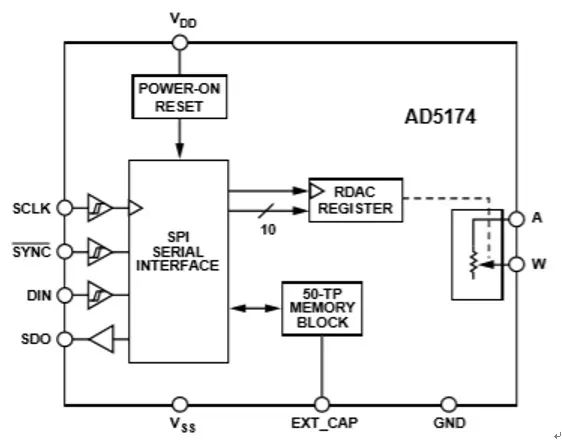
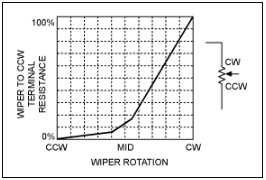
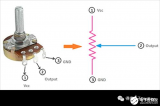
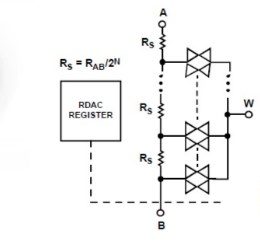










評論